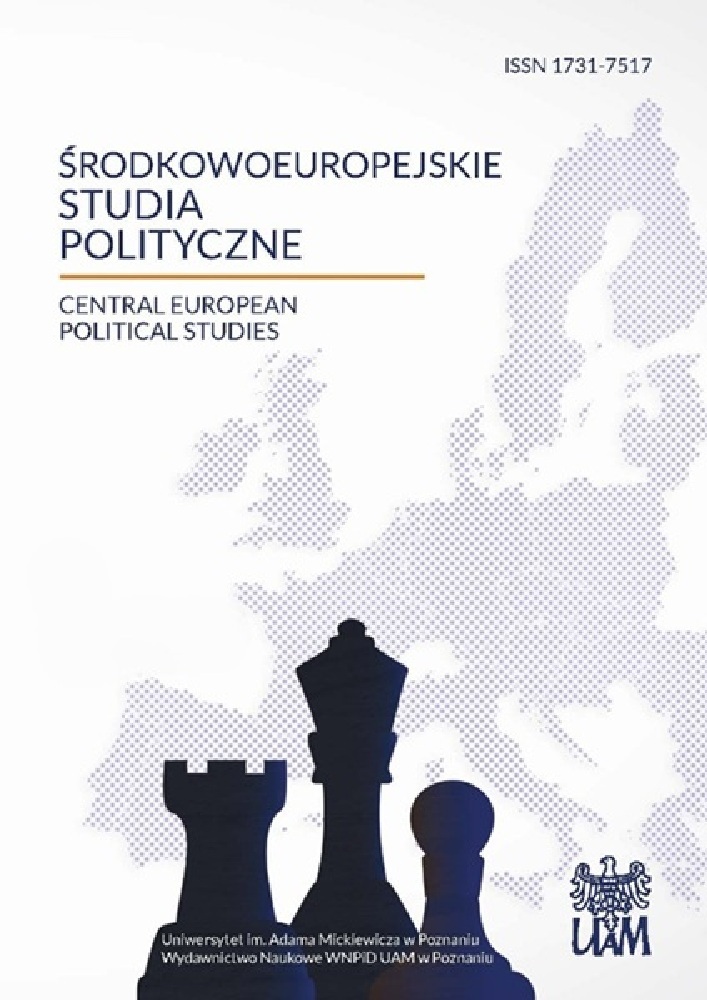Abstract
Journalists make use of the main ‘frameworks’of interpretation of the world and of the events which they present in news items and other media products. Professional routines lead journalists to search for information first in sources which have, in their opinion, the power to ‘define’ the situation and to ‘frame’ it. The article analyzes the coverage of Poland’s EU presidency in the Romanian printed press and online media. The analysis was made on a sample of data composed of Romanian articles devoted to Poland’s EU presidency in July 2011–January 2012. The study highlights the similarities in covering Polish presidency of the EU between the Romanian newspapers and online media. At the same time, the results showed that the attention paid by the Romanian mass media to Poland’s EU presidency varied according to the type of media where the article was published: newspapers vs. online media.
References
Christen C. T., Kannaovakun P., Gunther A. C. (2002), Hostile Media Perceptions: Partisan Assessments of Press and Public during the 1997 United Parcel Service Strike, “Political Communication”, no. 19(4), pp. 23–36.
Entman R. M. (1993), Framing: Toward clarification of a fractured paradigm, “Journal of Communication”, no. 43(4), pp. 51–58.
Gitlin T. (1980), The world is watching: Mass media in the making & unmaking of the new left, University of California Press, Los Angeles, CA.
Gunther A. C. (1998), The Persuasive Press Inference: Effects of Mass Media on Perceived Public Opinion, “Communication Research”, no. 25 (5), pp. 486–504.
Holsti O. (1969), Content analysis for the social sciences and humanities, Addison-Wesley, Reading MA.
Iyengar S. (1997), Overview, in: Do the Media Govern? Politicians, Voters and Reporters in America, eds. S. Iyengar, R. Reeves, Sage Publications, Thousand Oaks, CA, pp. 211–216.
Jeon Y., Haider-Markel D. P. (2001), Tracing Issue Definition and Policy Change: An Analysis of Disability Issue Images and Policy, “Policy Studies Journal”, no. 29(2), pp. 215–37.
Krippendorff K., Bock M. A. (2009), The Content Analysis Reader, Sage Publications, Los Angeles, California.
McCombs M., Bell T. (1996), The agenda-setting role of mass communication, in: An integrated approach to communication theory and research, eds. M. B. Salwen, D. W. Stacks, Lawrence Erlbaum Associates, Mahwah, NJ, pp. 93–110.
McCombs M., Shaw D. (1972), The agenda-setting function of mass media, “Public Opinion Quarterly”, no. 36(2), pp. 176–187.
McCombs M. E., Shaw D. L. (1977), The agenda-setting function of the press, in: The Emergence of American Political Issues: The Agenda-Setting Function of the Press, eds. D. L. Shaw, M. E. McCombs, West Publishing Co., Saint Paul, Minnesota, pp. 1–18.
McCombs M. E., Shaw D. L.,Weaver D. H. (1997), Communication and democracy: Exploring the intellectual frontiers of agenda-setting theory, Erlbaum, Mahwah, NJ.
NeumanW. R., Just M. R., Crigler A. N. (1992), Common Knowledge – News and the Construction of Political Meaning, The University of Chicago Press.
Price V., Tewksbury D., Powers E. (1997), Switching Trains of Thought: The Impact of News Frames on Readers’ Cognitive Responses, “Communication Research”, no. 24(5), pp. 481–507.
License
Copyright
© 2013, Uniwersytet im. Adama Mickiewicza w Poznaniu, Wydawnictwo Naukowe Instytutu Nauk Politycznych i Dziennikarstwa
OPEN ACCESS
